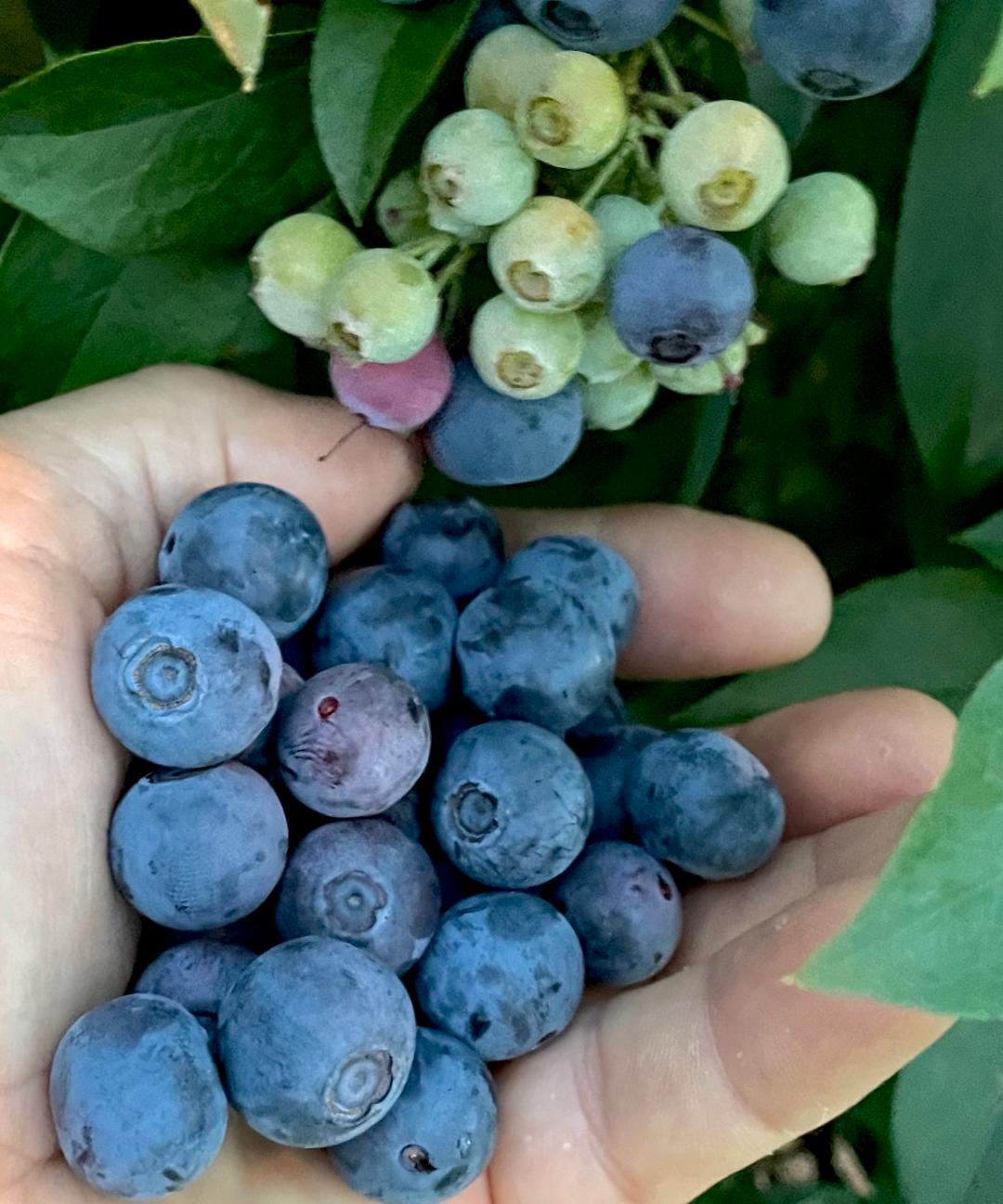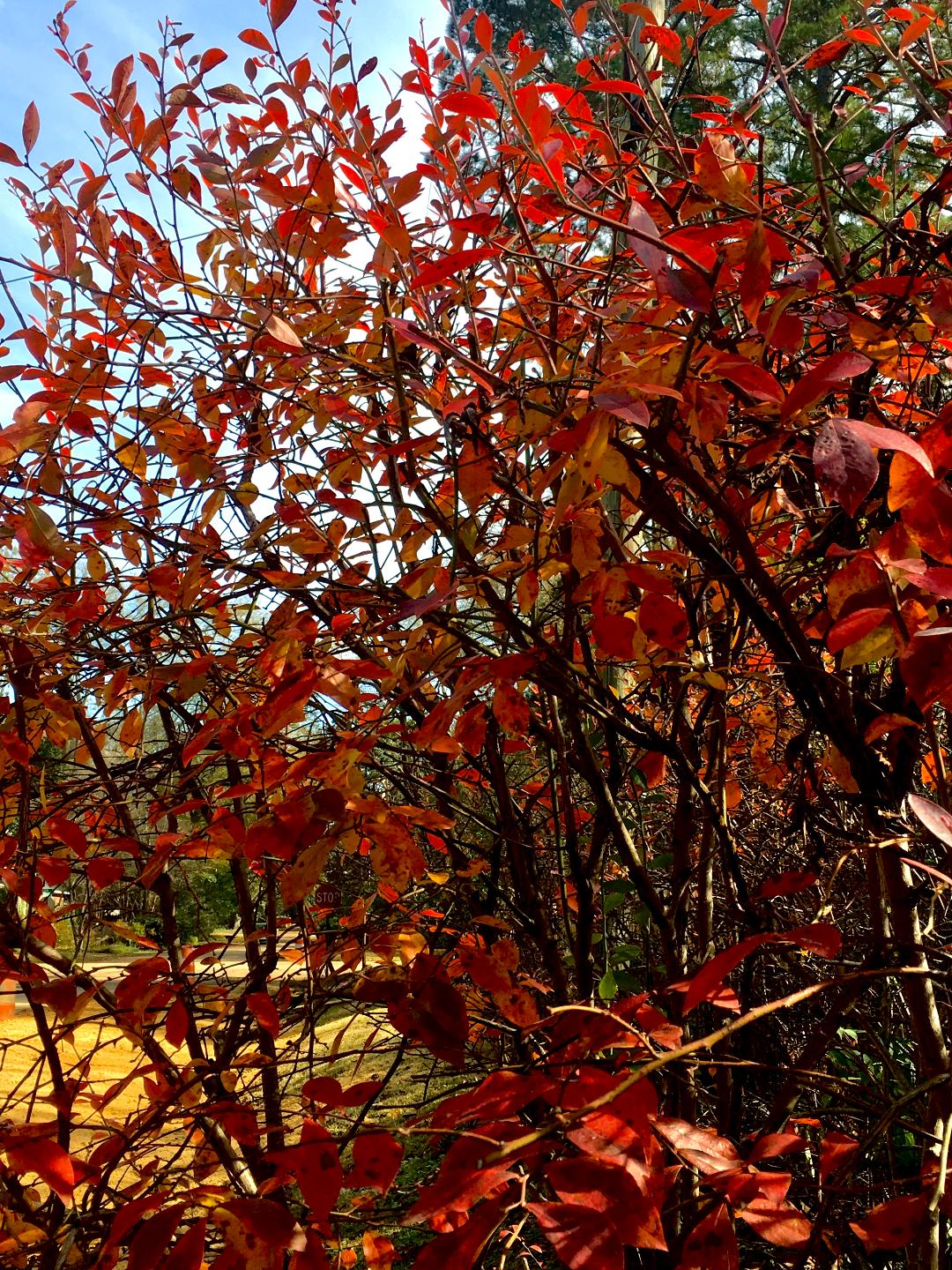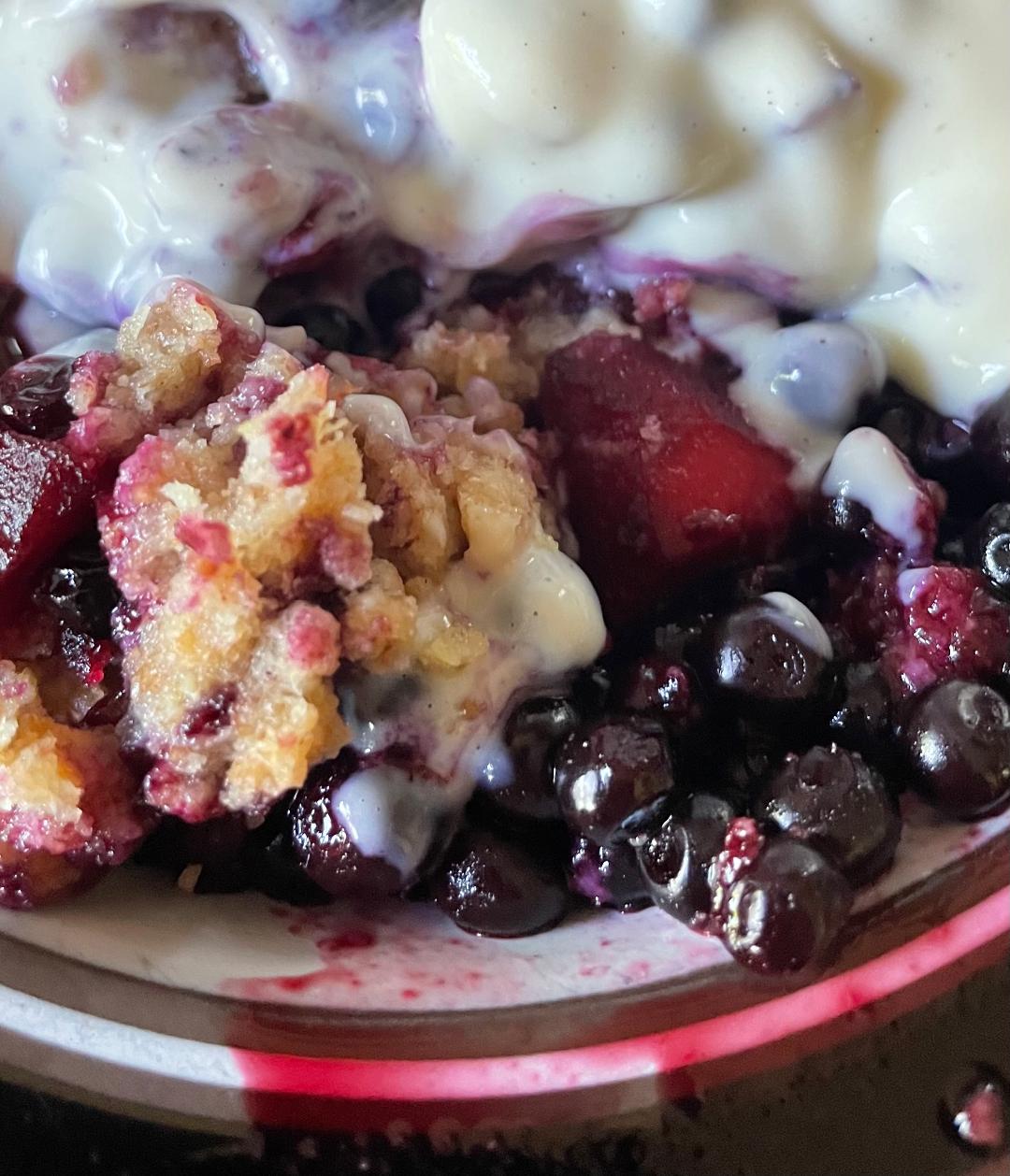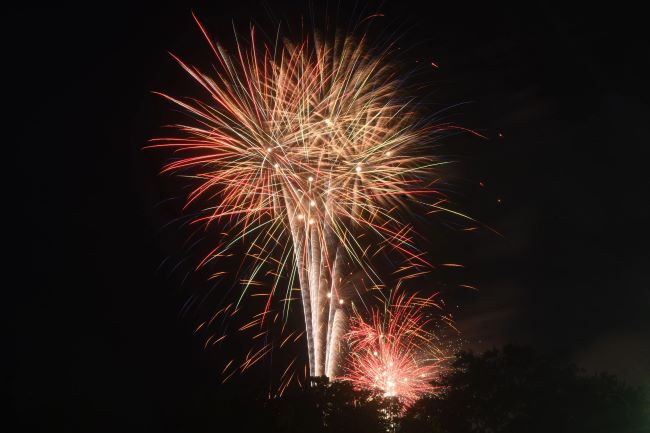Magnolia state now the blueberry state
Published 11:39 am Wednesday, July 5, 2023




By Felder Rushing
It’s official! As of this month, the blueberry is our official state fruit, taking its place beside the magnolia tree and flower, swallowtail butterfly, coreopsis wildflower, honeybee and teddy bear as state symbols.
I have been promoting this native shrub for decades as a fantastic landscape addition with pretty late winter flowers, delicious nutritious high anti-oxidant summer berries, and eye-popping red fall colors. And it is a fantastic wildlife plant as well.
The grassroots effort to get this done began in Lisa Parenteau’s two 4th grade classrooms at Mannsdale Upper Elementary School in Madison. While studying state symbols, they discovered that, unlike others, our state didn’t have a designated fruit, leading to research and
debate and finally to the blueberry, which is not only native and nutritious and easy to grow at home, but also one of our top horticultural crops.
Long story short, this led to civics lessons – kudos to a motivated educator able to recognize and act on a teachable moment – and lobbying our elected officials.
House Bill No. 1027 states: “Be it enacted by the legislature to designate the blueberry (Vaccinium corymbosum, Vaccinium virgatum, or Vaccinium darrowii) as the state fruit of 6 Mississippi. This act shall take effect and be in force from and after July 1, 2023.”
Hybrids of all three species are grown commercially, but the second species listed, Vaccinium virgatum, is the rabbiteye blueberry, our most important native species and the one whose improved hybrid cultivars are the most widely planted. It includes popular kinds such as
Tifblue, Britewell, Centurion, Climax, Delite, Powderblue and Homebell.
Quick growing tips: Blueberries need full or as much sun as they can get, and rich, woodsy, acidic soils. I dig wide holes and add long lasting real peat moss to the native dirt, and set the plants a little on the high side after loosening potting soil and roots. I mulch with real tree
leaves to feed the soil, topped with bark which lasts longer and looks better in the landscape. A scant handful of fertilizer each spring and a good, slow, deep soaking at least every 2-3 weeks during fruiting helps keep the berries plump and tasty.
And, because blueberry shrubs can get pretty large, with long stems that only produce fruit on the ends, I prune mine without fail every year by the middle of July, to somewhere between waist and chest high. Sounds brutal, but keeps the bushes compact with a lot more twigs
for more berries the next year. No pruning past mid-July.
Different varieties flower and fruit at different times, so having early, mid- and late-season kinds extend the harvest. Plus, though blueberries will produce all by themselves, it is best to plant two or more different varieties close together, ensuring they make a lot more berries, and providing a little insurance against any one variety having problems. My little garden only had room for one, so I dug an extra wide hole and planted four different varieties in the same well-amended and well-mulched hole, creating one big clump that has berries for up to five or
six weeks.
So I’m set up for fresh eating (right out of my hand or mixed with chilled watermelon balls), pies, crumbles, muffins, blueberry lemonade and frozen treats. I have even flavored vodka by steeping blueberries in it with a dash of sugar.
Plus, birds get the berries, native and honeybees and other pollinators have something fun to work with in the late winter and I have gorgeous red fall colors.
What’s not to like about our official state berry?
Felder Rushing is a Mississippi author, columnist and host of the “Gestalt Gardener” on MPB Think Radio. Email gardening questions to rushingfelder@yahoo.com.









